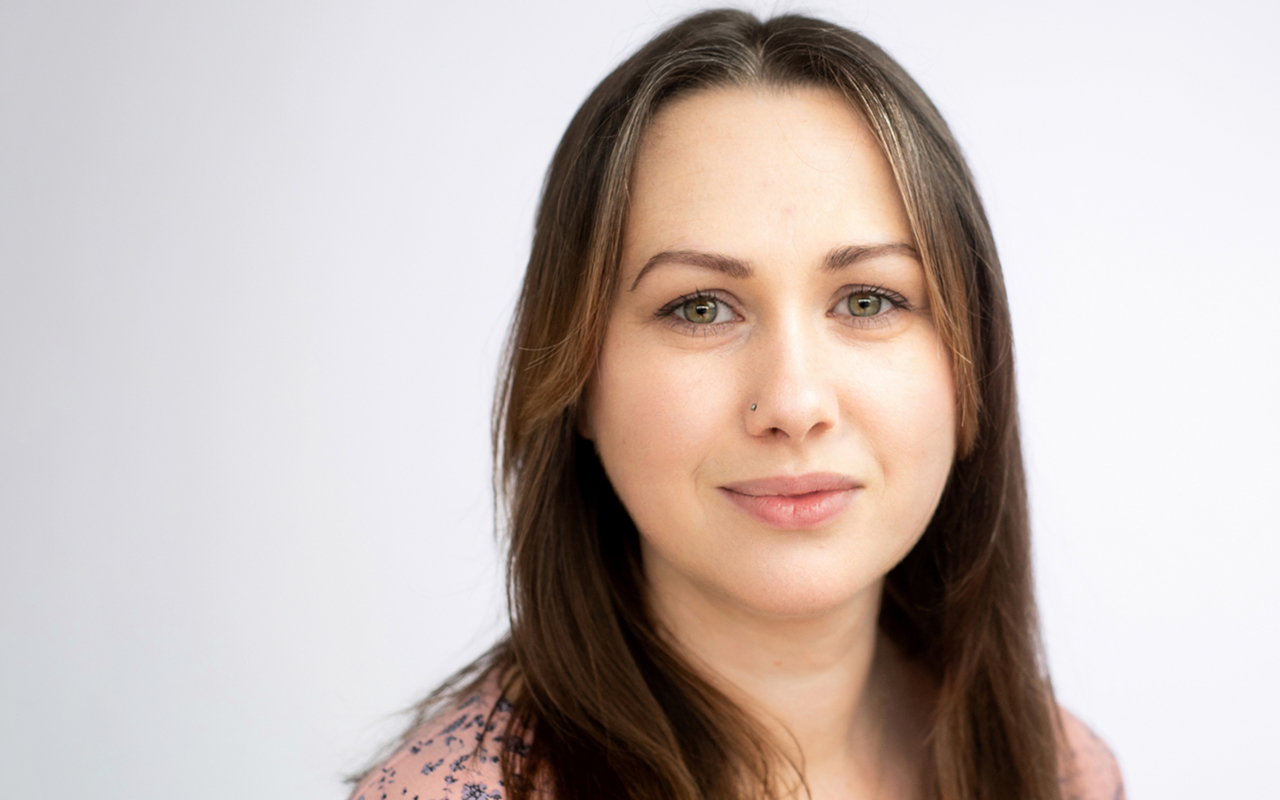Over Easter half term, while I worked, my nine-year-old daughter demanded my phone off me for hours so she could video-call her friends. They spent hours on those screens. They were playing cafes – not on an app but using actual play food and many of my kitchen utensils that I of course had to later tidy up.
I have vivid memories of playing cafes with my great grandad at the same age. Mine was called Joyce’s Caf and had things like tomato soup and ham sandwiches on the hand-written menu. Three decades later and my daughter’s hand-written menu includes bubble tea and Kool-Aid for refreshment, sushi and ramen for sustenance. Her experience is already global, even if holidays usually mean camping in the Lakes and Dales just as they did in my childhood.
The internet is not all bad but I worry fairly constantly about my digital native children being crash dummies in a dangerous test drive. I try my best to police their screen time but parents don’t really have control beyond banning screens altogether, at the risk of ostracising them from what is now normal society.
My eldest daughter was the last child in her primary school class to get a phone – on her 11th birthday (and she’s a July baby) but I let her join group chats on my phone, including one with her entire year group that was ostensibly about the school play. She said she had to be in it because she was playing Peter Pan.
These chats were an endless source of trouble in which I witnessed bullying, racism, and on the very worst occasion a child sharing footage of a man being stabbed. I caught this quickly, reported it and alerted parents, but no doubt some children saw it. I can still see the harrowing scene that I watched unwittingly if I close my eyes. I dread to think how it might have affected them. What was plain is that children at this age do not have the skills to communicate in this way. It’s as unnatural as the faces they see on social media or the depictions of sex they see in porn. And many of them do.
By nine years old, my younger daughter’s age, 10 per cent of children have seen pornography. By my older daughter’s age, 11, it’s 27 per cent. I can’t say with any certainty that my children don’t contribute to these frightening statistics. None of us can.
Just as my daughter’s Boba Café is a world away from Joyce’s Caf, the pornography children can access online is a world away from the top shelf magazines my generation might have curiously craned their necks towards a few decades ago. In her first in a series of reports on online pornography earlier this year, children’s commissioner Rachel de Souza expressed deep concern about the normalisation of sexual violence it promotes, with its depictions of degradation, sexual coercion, aggression and exploitation commonplace and disproportionately targeted against teenage girls. In the words of one 18-year-old boy, “a lot of it is actually just abuse”.
The report surveyed 1,000 young people and held focus groups with many others to find that, by age 13, half of them had viewed porn online, with the figure rising to 79 per cent among 18-21 year olds.
We are only just beginning to understand the impact of viewing porn on young people but it’s hardly surprising that the report indicated exposure to it harms self-esteem.
Online porn might be one of the most extreme examples of the myriad ways the internet objectifies women but it can be found in every corner of the internet and, just as online porn makes top shelf mags look almost quaint, so are the beauty standards of the glossy magazines of my youth compared with those ubiquitous on social media.
There’s a line of thought that suggests social media is allowing women and girls more agency over their bodies and that disseminating images of themselves contorted into unnatural poses is actually empowering them. But when the children’s commissioner’s report tells us that over half of girls aged 16-21 have shared explicit pictures of themselves and a similar number of young people expect sex to involve physical aggression and for girls to even enjoy it, I can’t help but feel that, when it comes to the online objectification of female bodies, girls too are being made to drink the Kool-Aid.
Antonia Charlesworth is Big Issue North’s deputy editor



Leave a reply
Your email address will not be published.